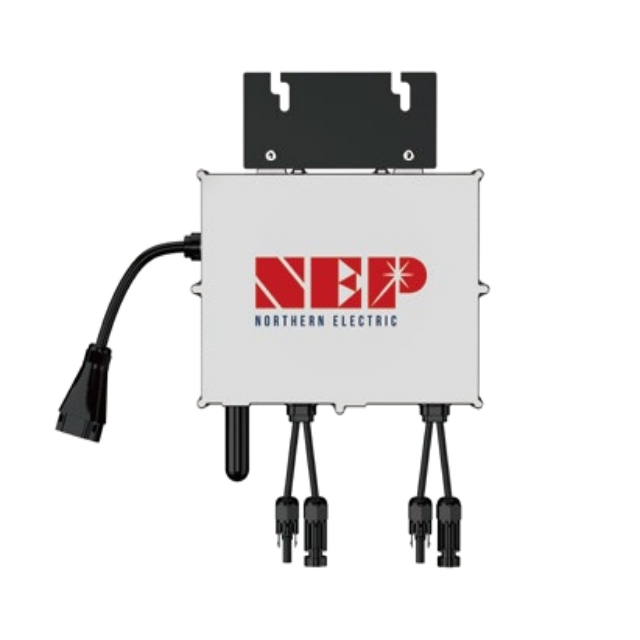
Regular Cleaning. Inspecting and Tightening Connections. Monitoring Performance....
1. Regular Inspections and Cleaning. 2. Monitoring and Data Analysis. 3. Firmware Updates and Upgrades....
1. Inspecting and Cleaning Solar Panels. 2. Monitoring and Checking Micro Inverters. 3. Safety Measures and Professional Inspections....
1. Regular Cleaning and Inspection. 2. Monitoring and Troubleshooting. 3. Professional Maintenance....
Regular Cleaning. Inspecting and Tightening Connections. Monitoring System Performance....
1. Regular Inspection and Cleaning. 2. Monitoring Performance. 3. Preventive Maintenance....
1. Regular Cleaning. 2. Inspect for Damage. 3. Monitor Performance....
1. Regular Cleaning and Inspection. 2. Monitoring and Troubleshooting. 3. Firmware Updates and Upgrades....
1. Keep the Microinverter Clean. 2. Check for Loose Connections. 3. Monitor Performance Regularly....
1. Regular Cleaning. 2. Visual Inspection. 3. Monitoring System Performance....
1. Visual Inspection. 2. Performance Monitoring. 3. Cleaning and Maintenance....
Enhanced Efficiency. Enhanced Reliability. Scalability and Flexibility....
Advantages of Microinverters. Growing Demand and Market Potential. Challenges and Future Outlook....
Understanding Solar Micro Inverter Pricing. Optimizing Solar Micro Inverter Usage. Conclusion:....
Regular Monitoring. Cleaning and Inspections. Temperature and Ventilation....

Solar Micro Inverters are innovative devices designed for converting the direct current (DC) produced by solar panels into alternating current (AC) electricity. Unlike traditional strin...

A micro inverter with a power rating of 400W is suitable for smaller residential or commercial-scale solar installations. It can accommodate a single solar panel or multiple panels wire...

A 2000W microinverter is designed to handle a maximum power output of 2000 watts. It can be used with solar panels that have a combined power output of up to 2000 watts. Microinverters ...
